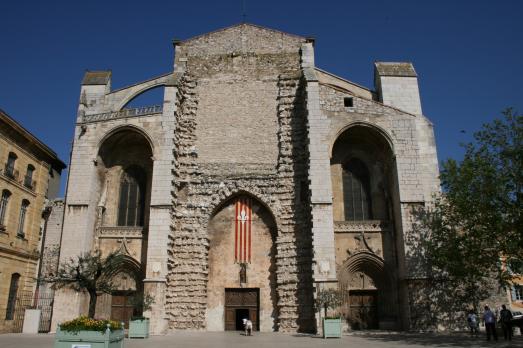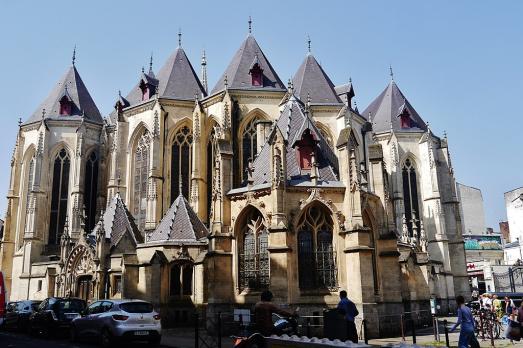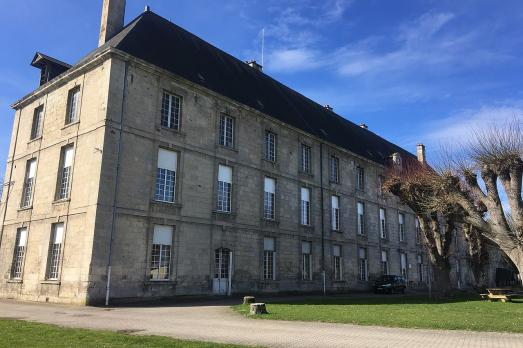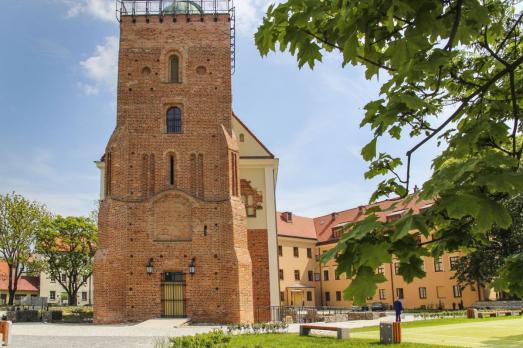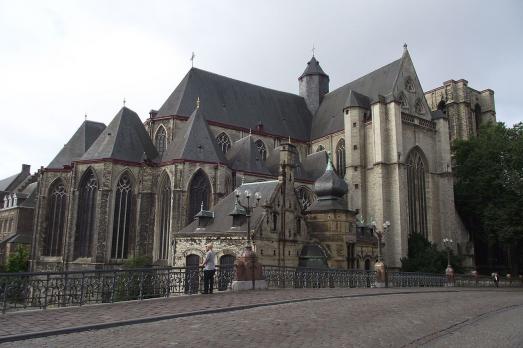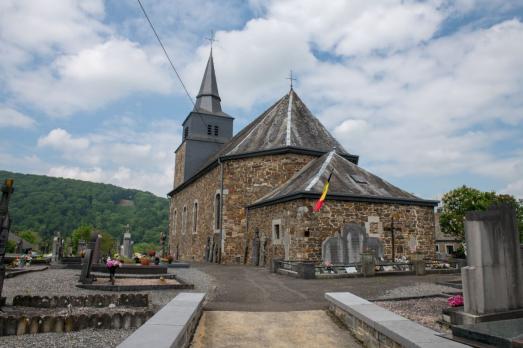
Saint Martin, Marcourt
Marcourt (Rendeux), BE
Perched at the top of the village, the church of Marcourt is an eye-catcher from afar. The first written mention to this building dates from 1566. In the 14th century, the building was enlarged with a defensive tower, and at the end of the 17th century, a new nave was added. Inside, you can admire precious works of sacred art and older furniture, preserved because of the attachment of the parishioners. In the old cemetery, with its listed walls, you will discover interesting tombstones from the 16th and 17th centuries.
